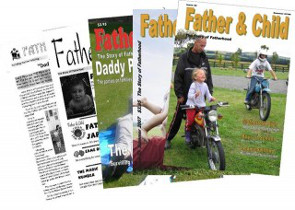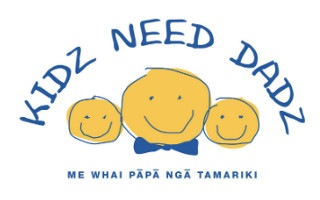Blended
When two people re-marry, each with children from previous relationships, we call this a ‘blended’ family. The sometimes complicated dynamics are not made any easier when more children come along. Peter Walker talks from experience.
Blended families. They’re like many new things in this post-modern society, ubiquitous, and complex.
A “blended” family results when two separate families – presumably “broken” or of a non-traditional nature – come together to form one reconstituted “family” unit.
Some experts avoid the term “blended family”, suggesting that the product of two families coming together is not so much a “blended” family as an entirely new, and structurally different unit.
Unfortunately, society has not caught up with this astute observation. Generally, “blended” families are looked at, especially from within, as requiring a similar, even identical dynamic as the original families.
A man and a woman, each with children, marry, and each in the new unit assumes the typical role assigned to their gender or age.
To do so, however, is misguided, and may in part account for the high divorce rate of second or subsequent marriages.
The fatal flaw may be that, for example, while the new man in the unit may be expected to, and may even desire to perform the role of father to his new wife’s children, the simple truth is that he is not their father, and can rarely expect to either feel like, or be treated like, he is. So too for “mum.”
There are dynamics in a family created by remarriage that do not exist in a family of mum, dad, and their biological children.
One that often causes problems is discipline. While this current Government is bending over backwards to deny parents the ability to smack their children, that means of “punishment” was removed from step-parents about the same time it was taken away from teachers, at least in perception if not in law.
Discipline in “blended” families, until the Government sets up cameras in our living rooms, must be decided on within each individual unit. It is fair to say, however, that few enjoy the prospect of a step-mother, or step-father smacking your children.
And given that step-fathers are statistically the most dangerous thing children face, it is no wonder this aspect of the “blended” family looms large in the minds of non-custodial fathers.
Finances in the “blended” family are a major contributor to stress. In most cases, Child Support, or the father-tax, is a factor mum and dad families don’t have to consider, and something many re-married parents argue about. This extends to living space – whether to rent or buy a house with enough space to accommodate children who may only sleep there a few nights a month.
Constant demands for money from an ex can be the source of much angst, especially if the relationship with the ex is less than amicable.
There is an almost inexplicable dynamic in a “blended” family that mum and dad families do not face. For some, it is like walking into a room full of strangers, and not knowing your role. You have the right to be there, but you’re not quite sure what you can and can’t, should and shouldn’t do.
Neither are those in the room fully aware of your role. Then, a sense of isolation, perhaps only slight, sets in, and grows. Perhaps some resentment takes root. And conflict ensues.
There are things “blended” family members must consider that mum and dad families take for granted. For example, for a thirteen year old boy, your mother prancing around the house naked is one thing, mostly embarrassing.
But the same boy’s step-mother – who is generally more likely to be younger and hotter than his mother – prancing around the house naked is a whole other thing.
Step-mums need to be aware of such things in ways biological mothers do not (perhaps less so if step-mum has been around for a long time). Many “step-fathers” are paranoid about interacting with their step-children, for fear of accusations of impropriety.
On the positive side, step-parents can sometimes be a more objective sounding board than mum or dad. While some mums and dads try hard to be “friends” with their children, and can in some ways be successful at it, they are first and foremost parents.
Step-parents can occupy a unique post, in between parent and friend. They can play healthy parts of both roles. Played wisely, such a role can be valuable for children in a blended family, who by the very nature of the new arrangement will need all the help they can get.




